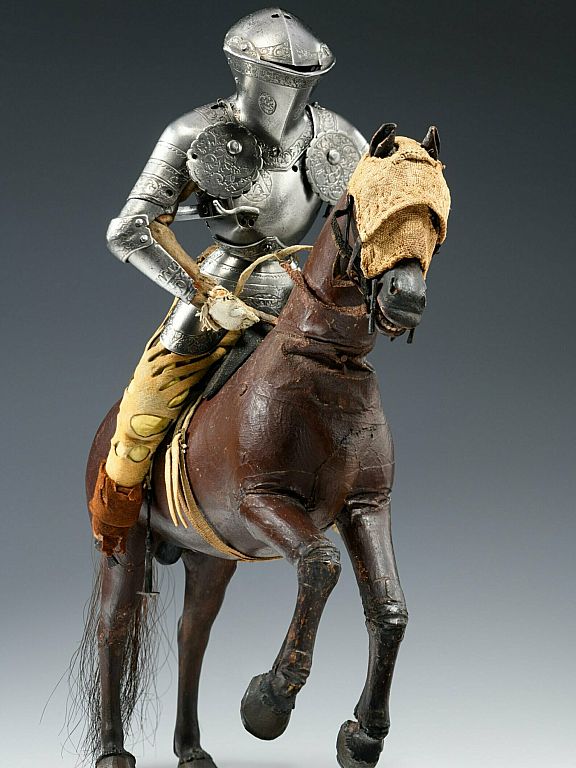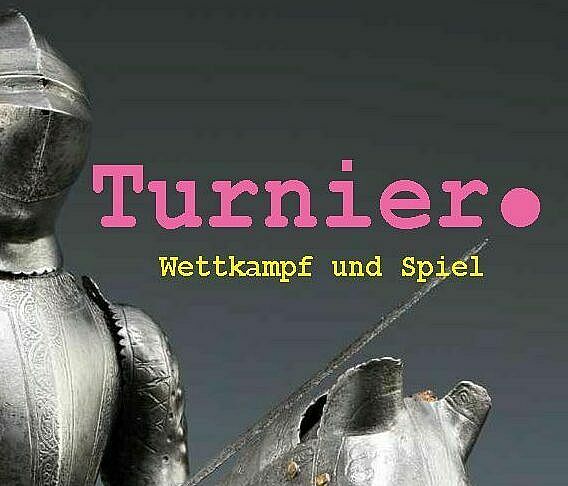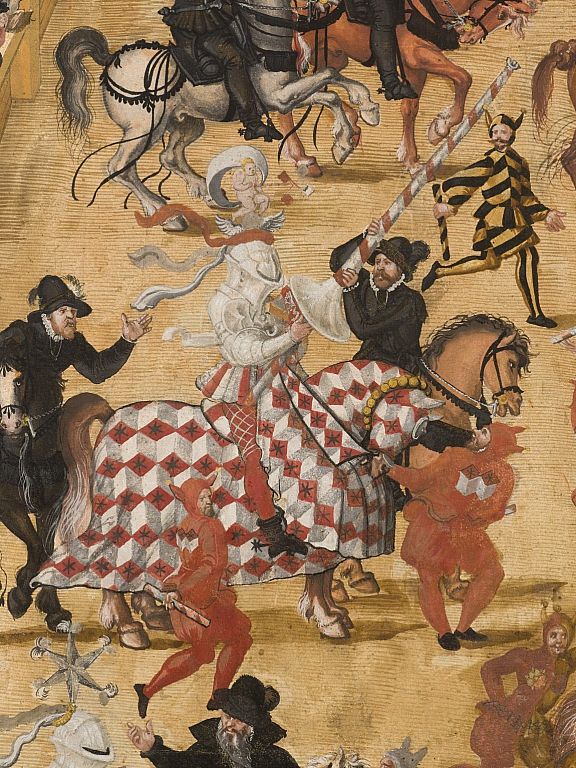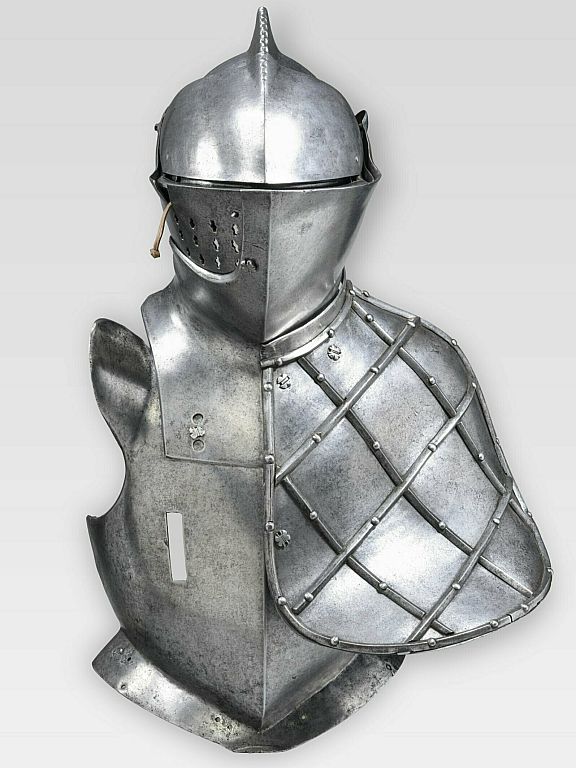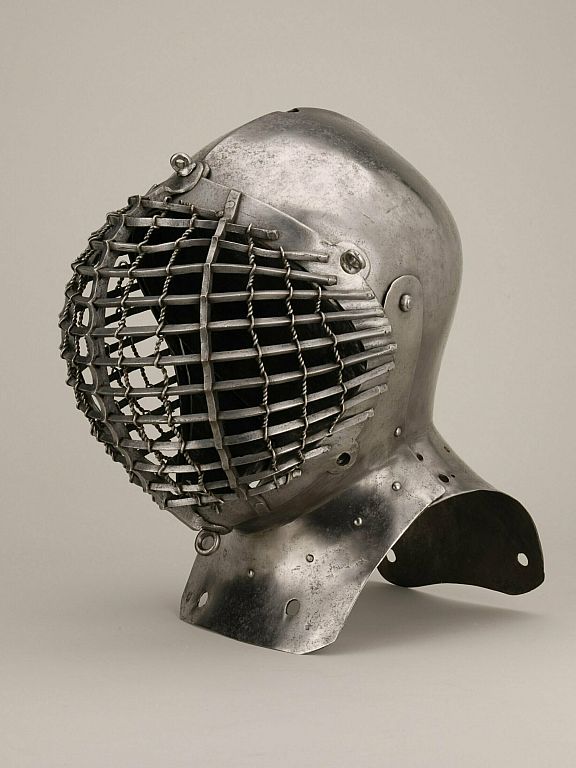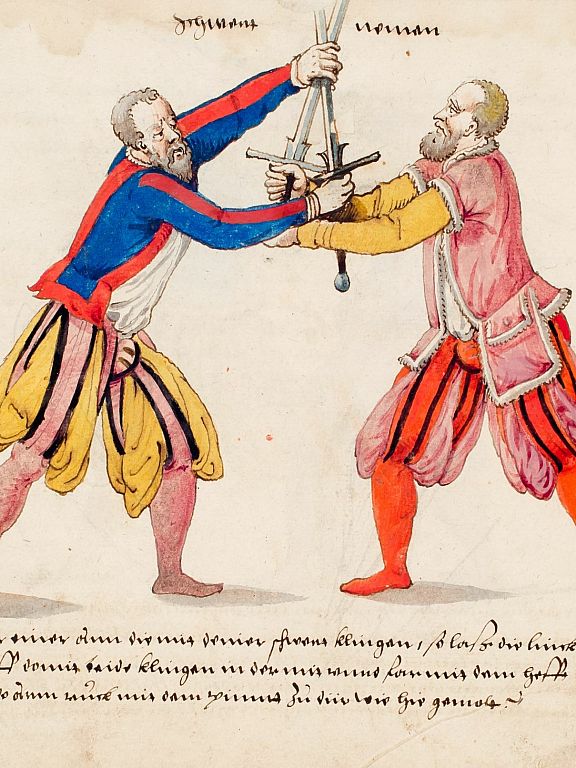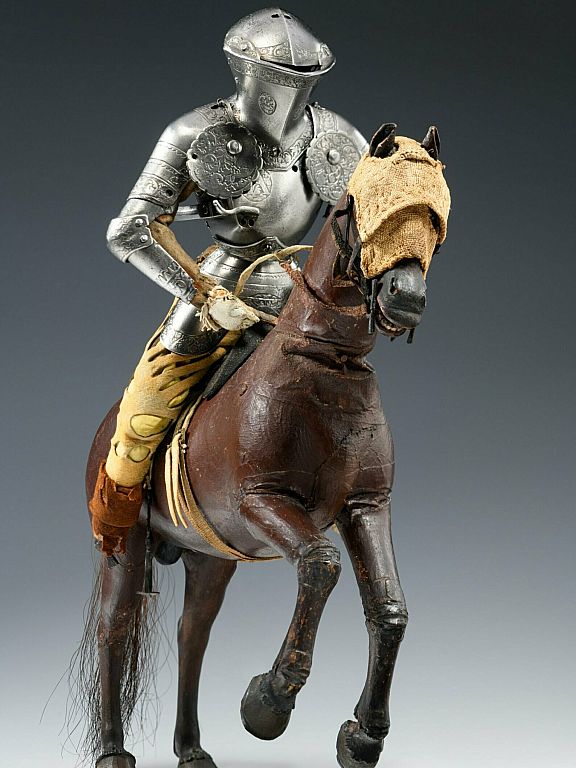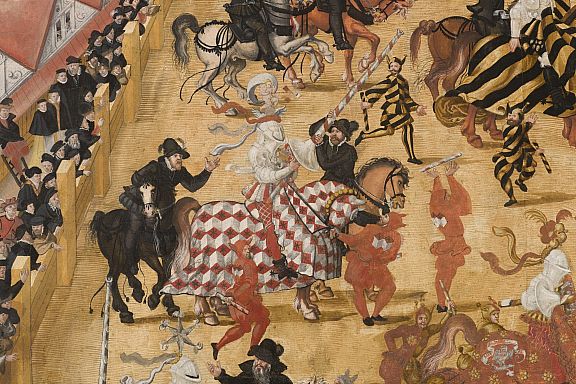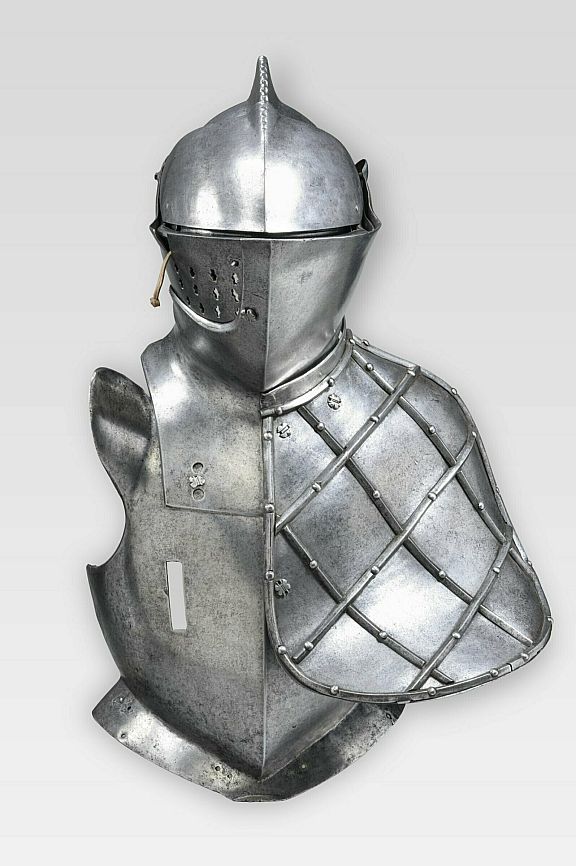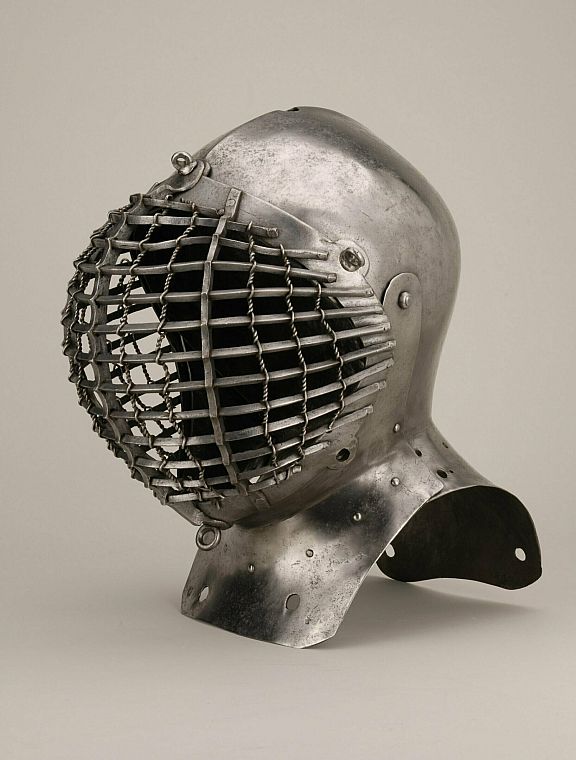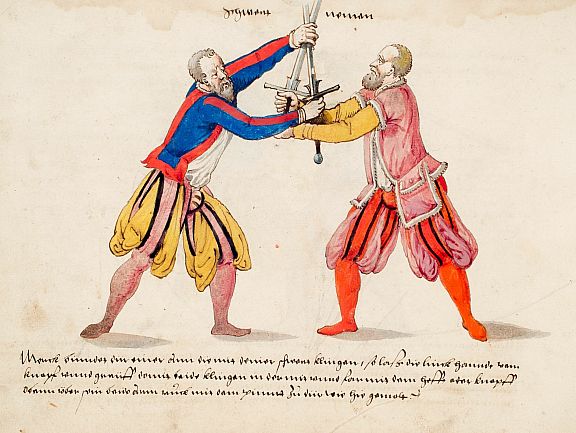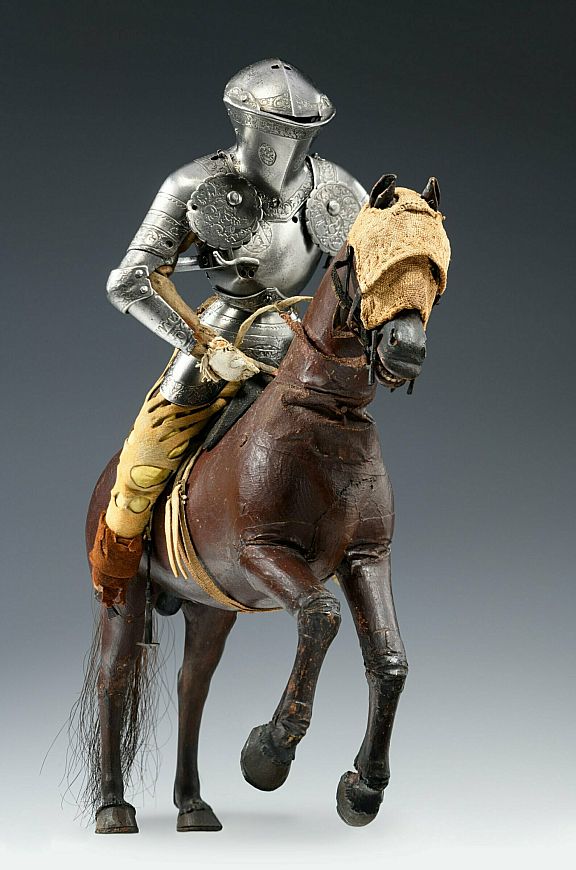until 17/12/2022
Tournament
Love for detail – The model of a rider for the joust of peace
The small figure is one of the highlights of our studio exhibition “Tournament. Competition and game”. The figure was thoroughly analysed prior to the exhibition, also to dispel any doubts about its making some 500 years ago. The examination brought several surprising details to light, as the equipment of the horse comprises elements which are not existent anymore in original size. Probably intended as a toy for well-behaved boys, the figure was made in Nuremberg around 1550.
Our curator Raphael Beuing describes the unique model of a jousting man with his horse from the 16th century.
